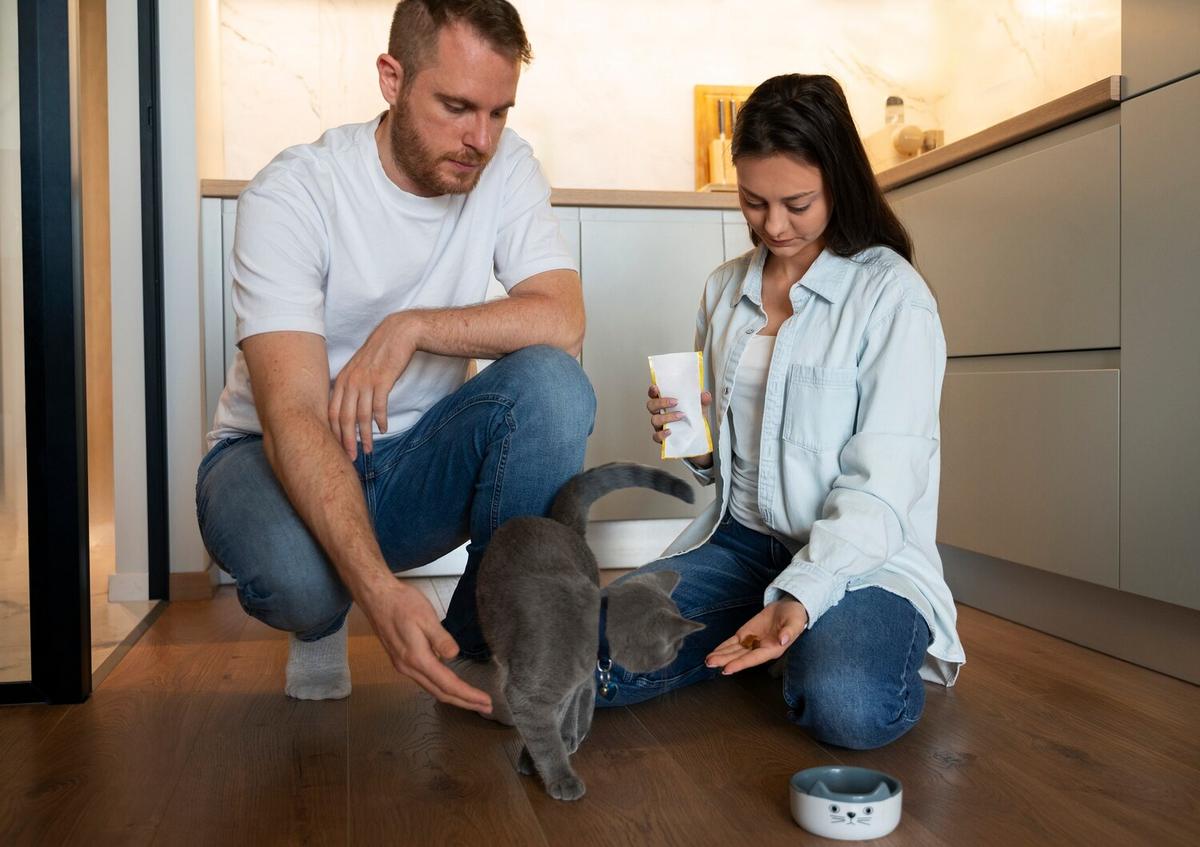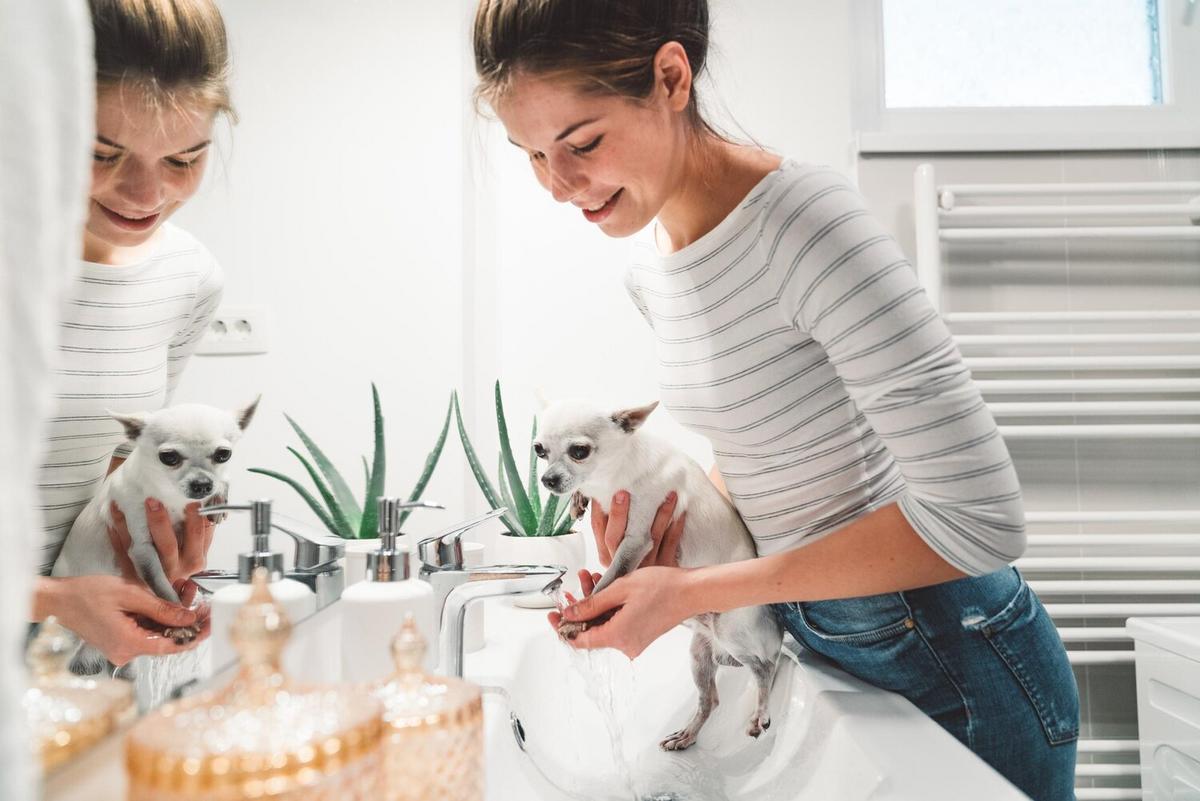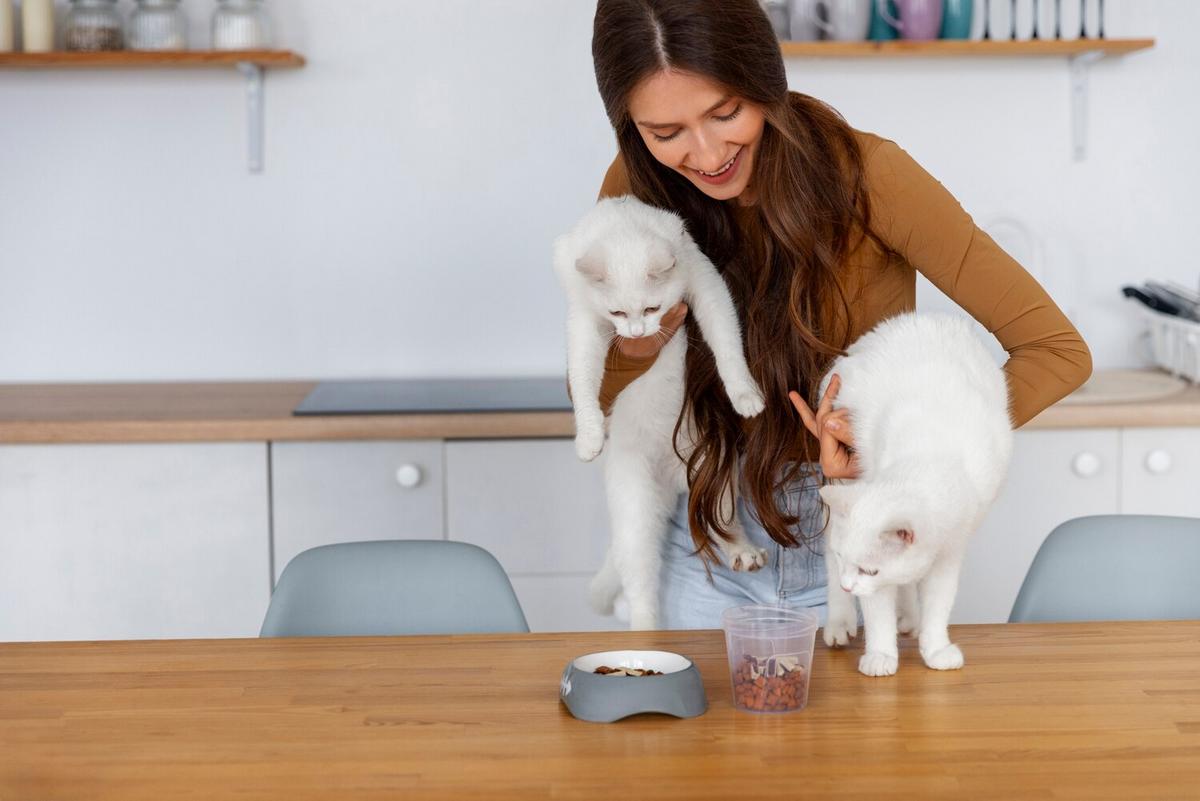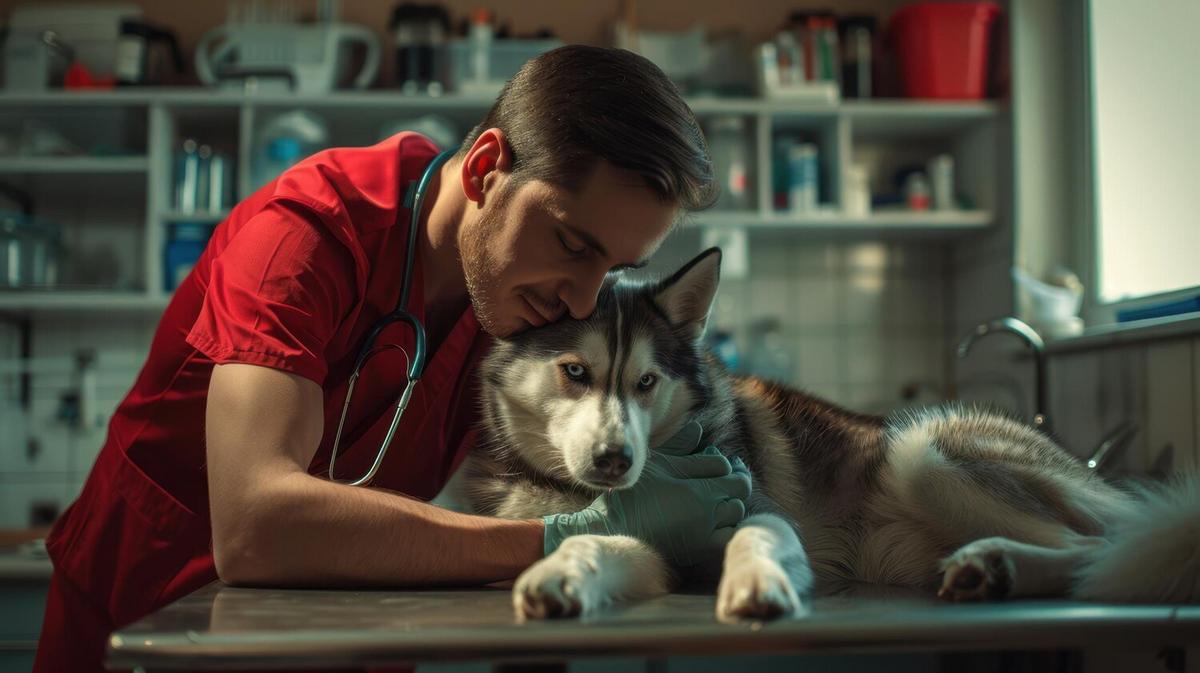Bringing a new pet into your home is an exciting milestone, but it’s also a time to ensure your living space is safe and secure for your furry friend. Pet-proofing your home is essential to protect both your pet and your belongings, creating a harmonious environment for everyone.
Why Pet-Proofing is Important
Pets, especially young and curious ones, can get into all sorts of trouble. According to the American Veterinary Medical Association, approximately 1 in 3 pets will experience an emergency in their lifetime. Pet-proofing your home can mitigate these risks and ensure your pet’s safety and well-being.
Expert Opinions
Veterinarians often emphasize the importance of a safe home for pets. Dr. Lisa Lippman, a renowned veterinarian, advises, ‘Pet-proofing your home can prevent many common injuries and accidents. It’s about anticipating what could go wrong and taking steps to prevent it.’
Statistics
According to a survey by the American Society for the Prevention of Cruelty to Animals (ASPCA), 62% of pet owners reported having to make changes to their homes to accommodate their pets. This indicates a widespread need for pet-proofing measures.
Areas to Focus On
Living Room
- Cables and Cords: Secure or hide electrical cords to prevent chewing.
- Plants: Ensure houseplants are non-toxic to pets. Some common plants like lilies and poinsettias can be harmful.
Kitchen
- Food Safety: Store food in secure containers and keep countertops clear of any edible items.
- Chemicals: Keep cleaning supplies in a locked cabinet.
Bedroom
- Small Objects: Keep small items like jewelry and batteries out of reach.
- Bedding: Ensure your bedding is free of small, detachable parts that could be swallowed.
Bathroom
- Medications: Store all medications in a locked cabinet.
- Trash Cans: Use pet-proof trash cans to prevent rummaging.
Actionable Tips
| Area | Potential Hazard | Solution |
|---|---|---|
| Living Room | Cables | Hide or secure them |
| Kitchen | Food | Store in secure containers |
| Bathroom | Medications | Lock them away |
| Bedroom | Small Objects | Keep out of reach |
| Yard | Fencing | Ensure it’s secure |
| Garage | Chemicals | Store safely |
| Stairs | Falls | Use baby gates |
| Windows | Falls | Secure screens |
Personal Anecdotes
When I first brought my Labrador puppy home, I quickly learned how curious and mischievous he could be. One day, I found him chewing on an electrical cord. This incident prompted me to secure all cords and cables, and it saved us from a potential disaster.
FAQs
How often should I check my home for potential hazards?
It’s a good idea to do a thorough check every few months, especially as your pet grows and their behavior changes.
What are some common household items that are toxic to pets?
Common toxic items include chocolate, grapes, certain plants, and cleaning supplies. Always keep these out of reach.
Is pet-proofing necessary for older pets?
Yes, older pets can still get into trouble, and they may also have mobility issues that require additional safety measures.
Conclusion
Pet-proofing your home is a crucial step in ensuring the safety and well-being of your furry friends. By taking proactive measures and regularly checking for potential hazards, you can create a safe and happy environment for your pets. Start today by assessing your home and making the necessary adjustments. Your pet will thank you!




Leave a Reply